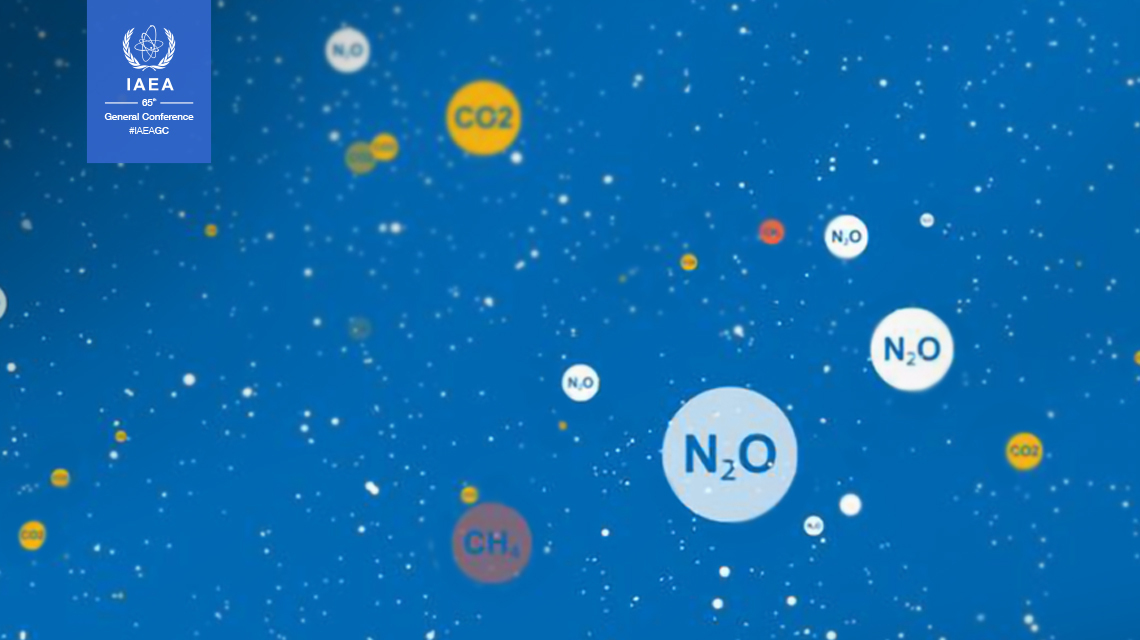"The Little Ice Age in South Africa, from around AD 1300 to 1800, and medieval warming, from before 1000 to around 1300, are shown to be distinctive features of the regional climate of the last millennium. The proxy climate record has been constituted from oxygen and carbon isotope and colour density data obtained from a well-dated stalagmite derived from Cold Air Cave in the Makapansgat Valley. The climate of the interior of South Africa was around 1°C cooler in the Little Ice Age and may have been over 3°C higher than at present during the extremes of the medieval warm period."
https://www.researchgate.net/public..._Ice_Age_and_medieval_warming_in_South_Africa
Roman Warm Period
"This record comparison consistently shows the Roman as the warmest period of the last 2 kyr, about 2 °C warmer than average values for the late centuries for the Sicily and Western Mediterranean regions."
https://www.nature.com/articles/s41598-020-67281-2
Roman Warm Period was global
"After the 1st century ce there is evidence of a progressive rise in sea level. Roman buildings and peat layers were covered by the marine transgression in the Netherlands, southern England, and parts of the Mediterranean. At the same time, drying and warming trends were associated with alluviation of streams and general desiccation in southern Europe and North Africa. Similar alluviation occurred in the American Southwest. This warming and desiccation trend is evident also in the subtropics of the Southern Hemisphere. "
https://www.britannica.com/science/Holocene-Epoch/Classical-Roman-Period
We've had weather satellites for only 50 years. 2K years ago, they would have shown these were global events, even more extreme than the proxy record shows.
https://www.researchgate.net/public..._Ice_Age_and_medieval_warming_in_South_Africa
Roman Warm Period
"This record comparison consistently shows the Roman as the warmest period of the last 2 kyr, about 2 °C warmer than average values for the late centuries for the Sicily and Western Mediterranean regions."
https://www.nature.com/articles/s41598-020-67281-2
Roman Warm Period was global
"After the 1st century ce there is evidence of a progressive rise in sea level. Roman buildings and peat layers were covered by the marine transgression in the Netherlands, southern England, and parts of the Mediterranean. At the same time, drying and warming trends were associated with alluviation of streams and general desiccation in southern Europe and North Africa. Similar alluviation occurred in the American Southwest. This warming and desiccation trend is evident also in the subtropics of the Southern Hemisphere. "
https://www.britannica.com/science/Holocene-Epoch/Classical-Roman-Period
We've had weather satellites for only 50 years. 2K years ago, they would have shown these were global events, even more extreme than the proxy record shows.








